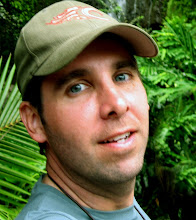
In 1992, just after the collapse of the Soviet Union, Yeltsin and his government instituted a hard-line monetary policy that quickly drew fierce opposition within parliament. The power struggle escalated until finally, on September 21, 1993, Yeltsin dissolved parliament and called for new elections. Vice President Rutskoi announced that he was assuming the Presidency. Over the next four weeks the crisis escalated as violent clashes between protesters and police erupted all over Moscow.
On October 2nd, supporters of Rutskoi constructed barricades around the parliament building, known as The White House. On the morning of October 4 elite Russian military forces decided to support Yeltsin. They surrounded the White House with tanks and artillery. They opened fire at 7am. Snipers from surrounding buildings took shots at the tanks and the soldiers. Anti-tank guns burned several tanks.
Drawn by the chaos, hundreds of teenagers and other Muscovites gathered around the White House. Many were killed by sniper fire. Eventually, the siege at the White House ended. Yeltsin remained in power.
In all, 146 died and over a thousand were injured. 300 million US dollars were spent to repair the shell-shattered White House.



1 comment:
This is a fascinating commentary on a piece of Russian history, Davidsky. It's well told as usual... akin to watching a synopsis from the History channel. Hard to believe that you're actually there!
Post a Comment